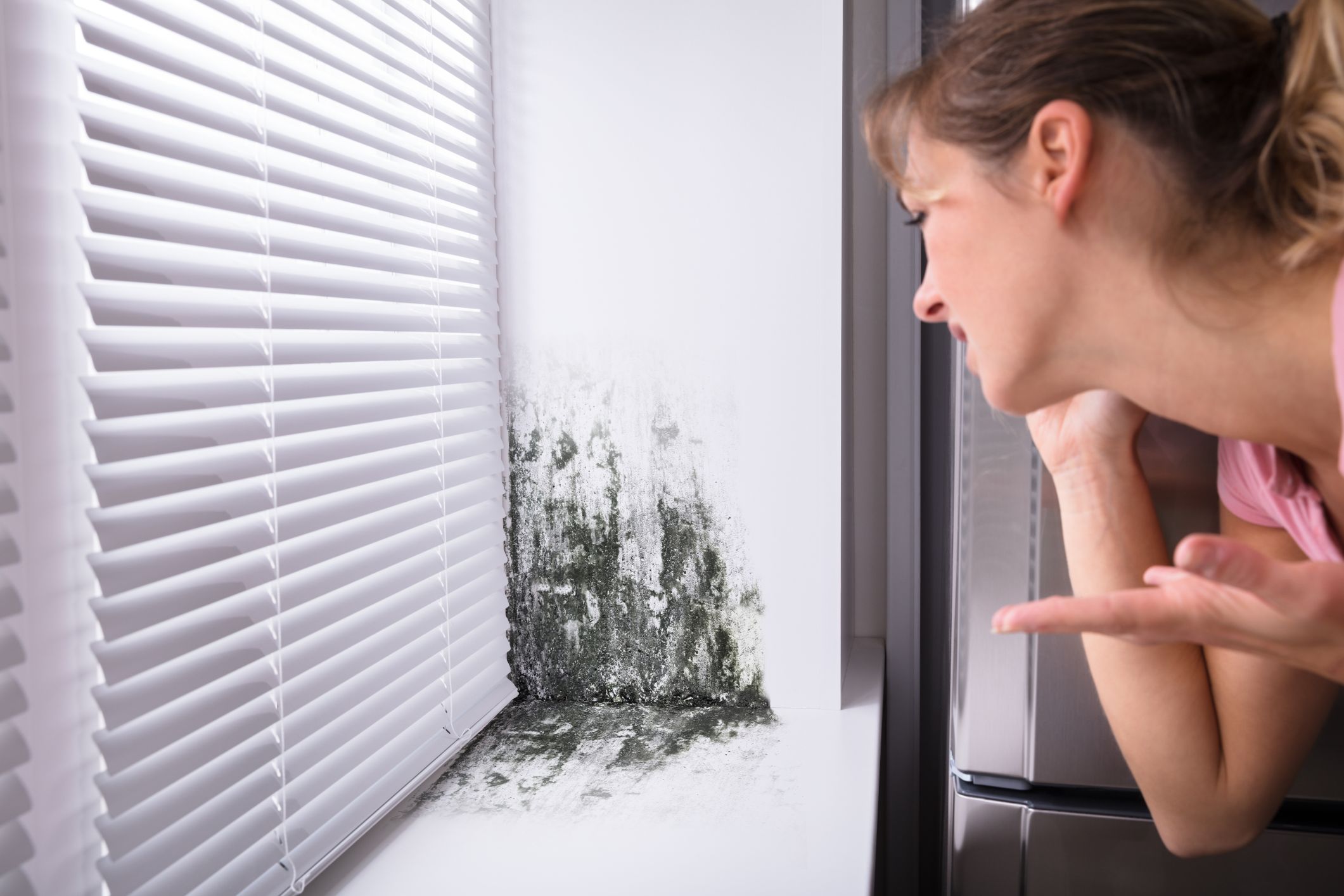How Dangerous is Mold

We know quite a few people who claim to be allergic to mold, but others who do not seem to be bothered by it, at least is the typical quantities you might see in a shower or on a wall. Further research has provided us with more information on this menace, some of which we will share with you here.
Turns out mold is a natural part of the environment and is everywhere. You breathe it in every day. Mold outside is fairly non-obtrusive and causes very few problems. The reason is that it is so dispersed as to be ingested in only microscopic quantities.
But the mold can move inside from outside and that is where the problems begin. To start with, mold needs moisture to grow. This mostly comes from improper ventilation and/or insufficient heat. According to a guy I talked to that owns a mold removal company about 60% of interior mold infestation is caused by structural defects, 30% are caused by a combination of structural and ventilation, and 10% are caused by a lack of ventilation alone.
Studies have long shown that prolonged exposure to mold spores can cause a variety of conditions ranging from runny nose to inflammation of the mucous membranes to severe allergies and asthma. Those with weak lungs, bronchial conditions, or compromised immune systems could be subject to death if exposed. Even children are at risk from mold exposure to certain kinds of molds. While most either downplay the risk or do not pay close enough attention in the house, this can be a very serious problem to you or members of your family and should be taken very seriously.
Once found, mold removal can be quite a complicated process. For small amounts, spraying it with bleach will kill it, but it is often not clear if the mold has spread beyond the visible spots. Once in the house, the spores can be blown around by air flow and get into lots of places. If the mold starts growing on walls (sometimes it is inside the wall and very difficult to detect) or carpets, it can quickly spread to the ventilation system or other hard to get at places. Once this happens, only a professional can get it out. The process for removal is very labor intensive. The mold must be removed and carefully bagged for transport out of the house. Carrying it through the house will only allow spores to float through the air and settle on uninfected spots.
Take mold very seriously and have it dealt with quickly by a professional if you are even slightly unsure of how bad the infestation is. A good company will run some tests and look carefully at your situation and tell you with a high degree of confidence how big or small your problem is. You can then deal with it with confidence.
